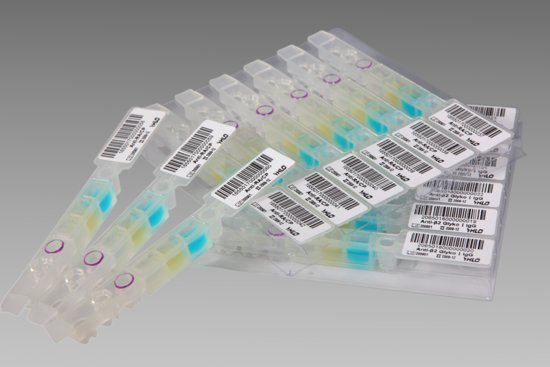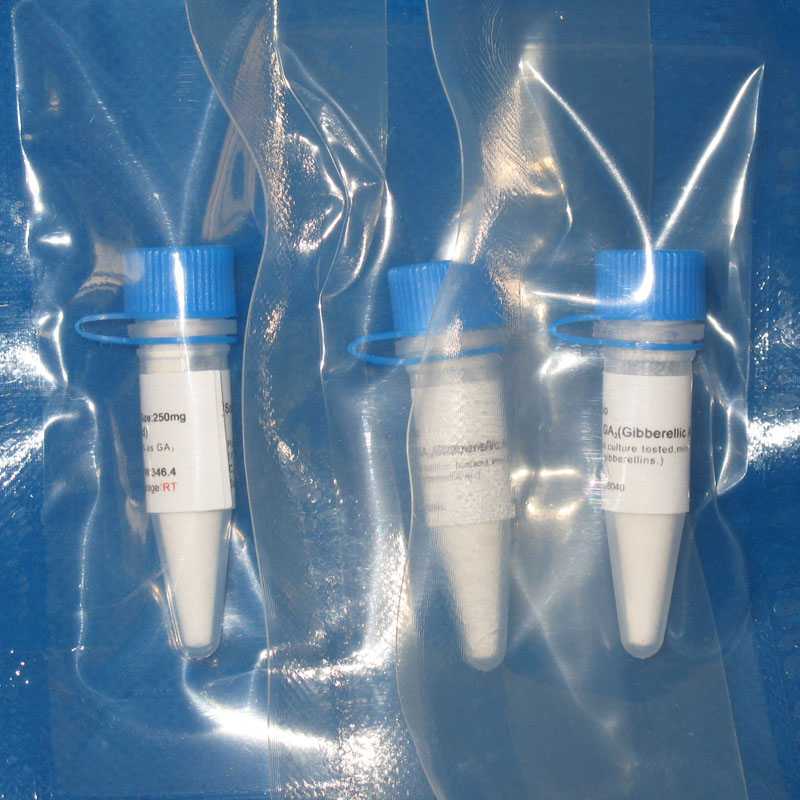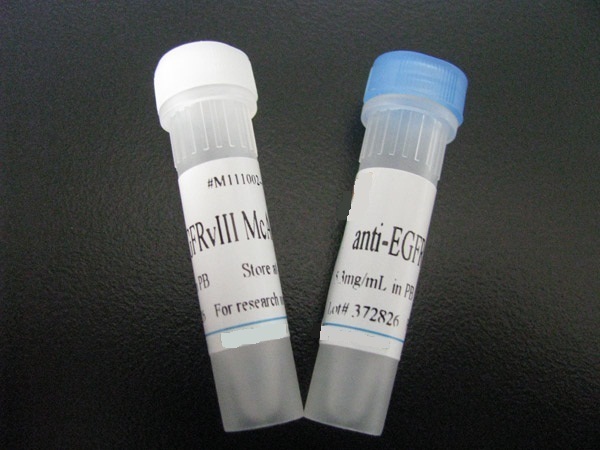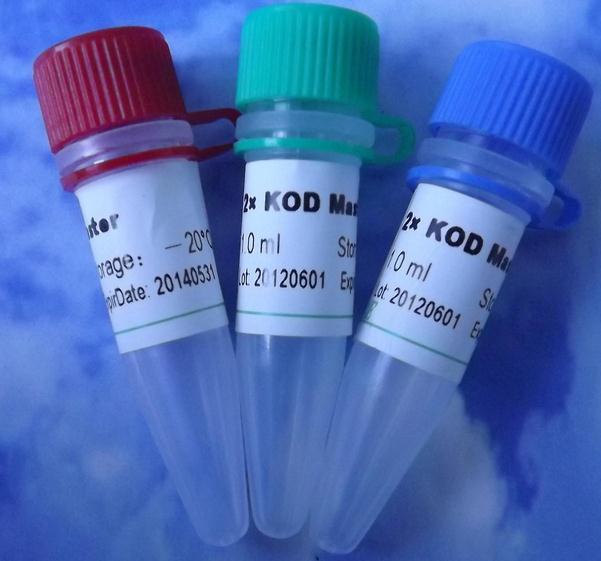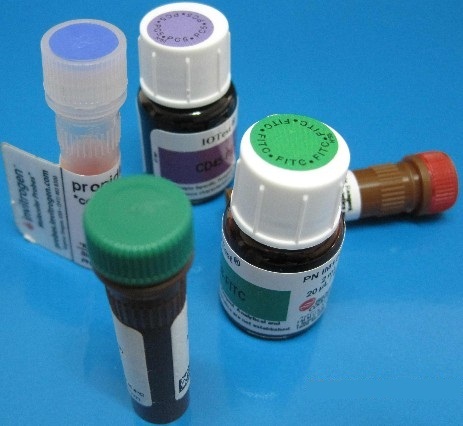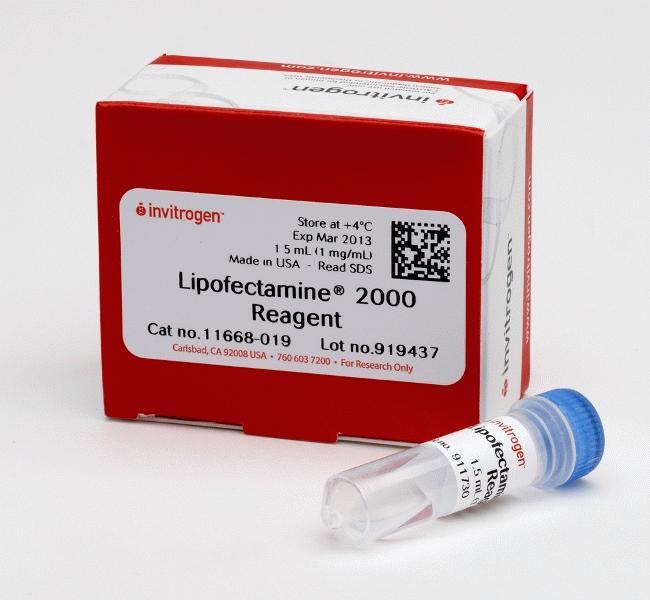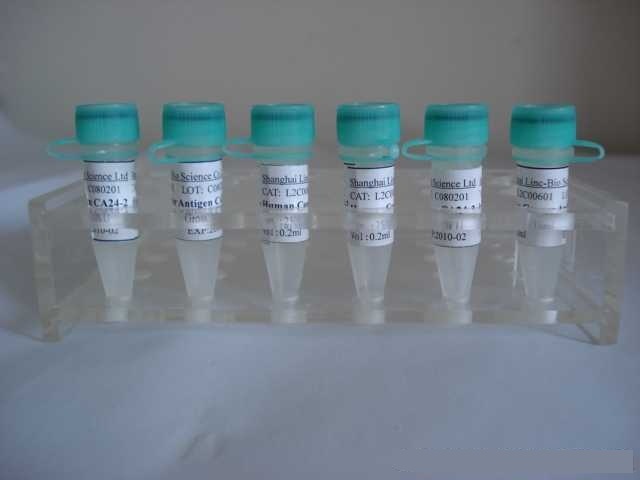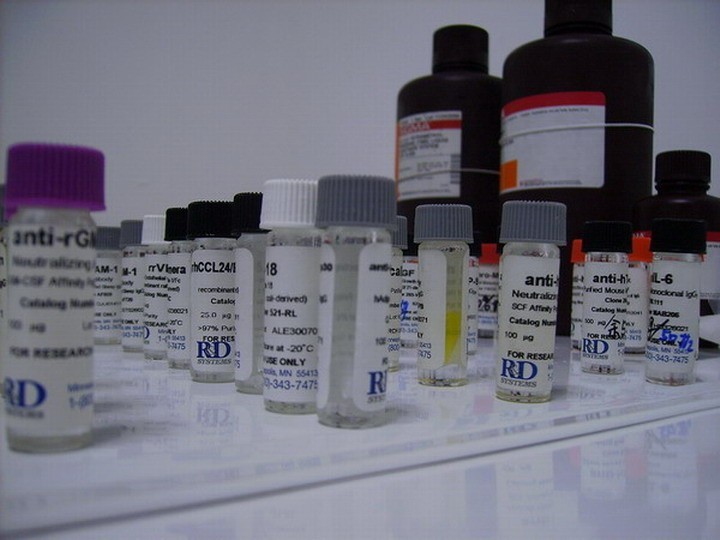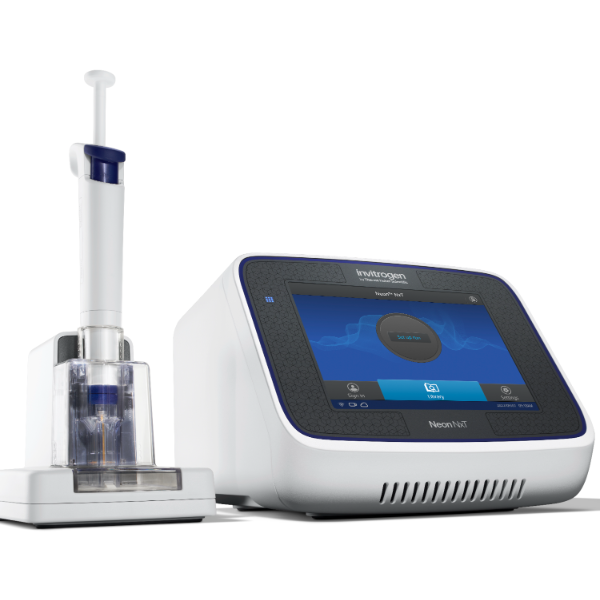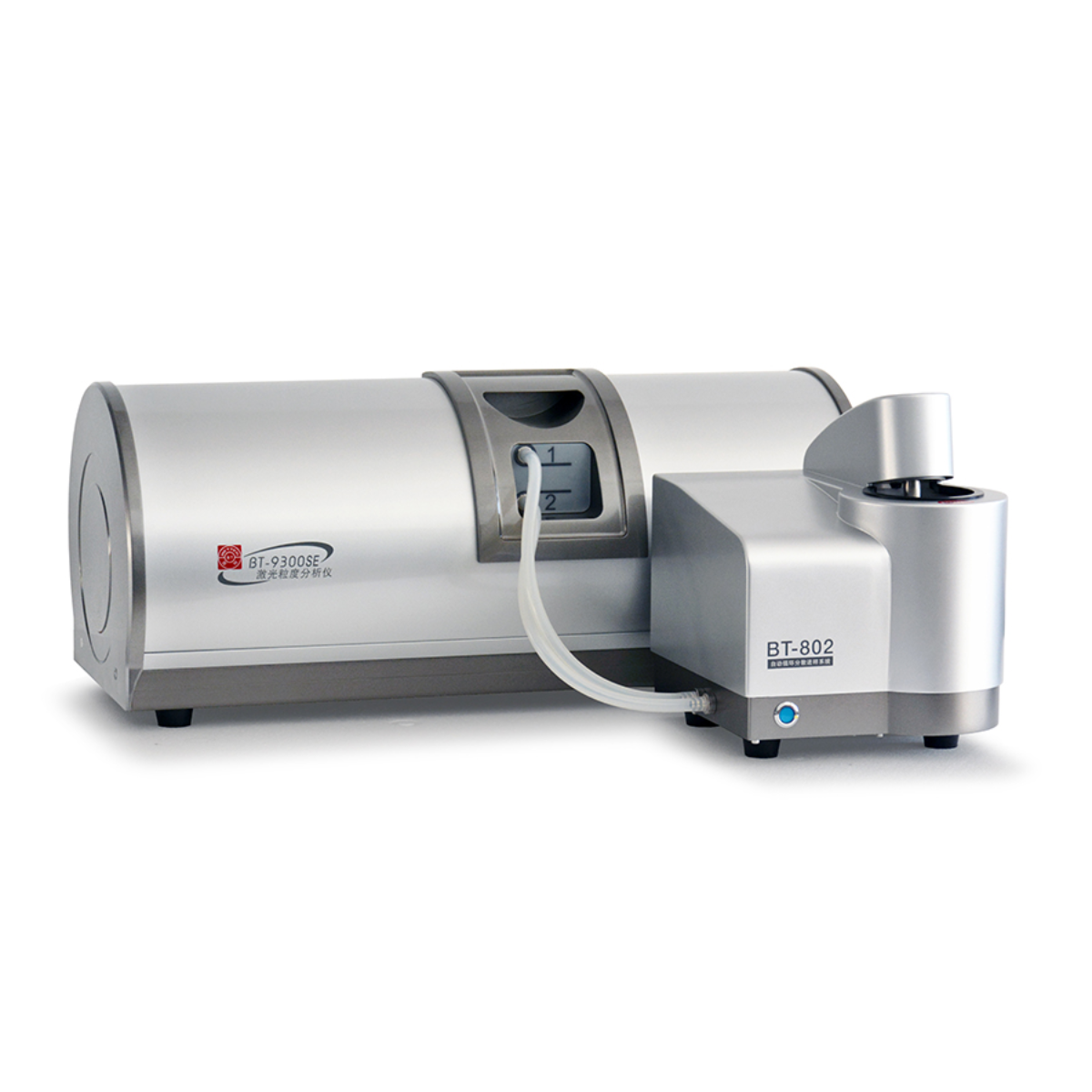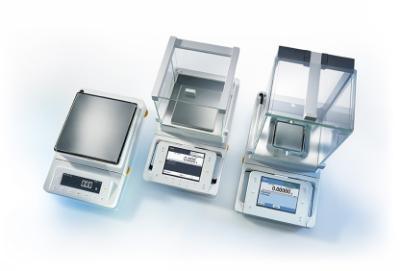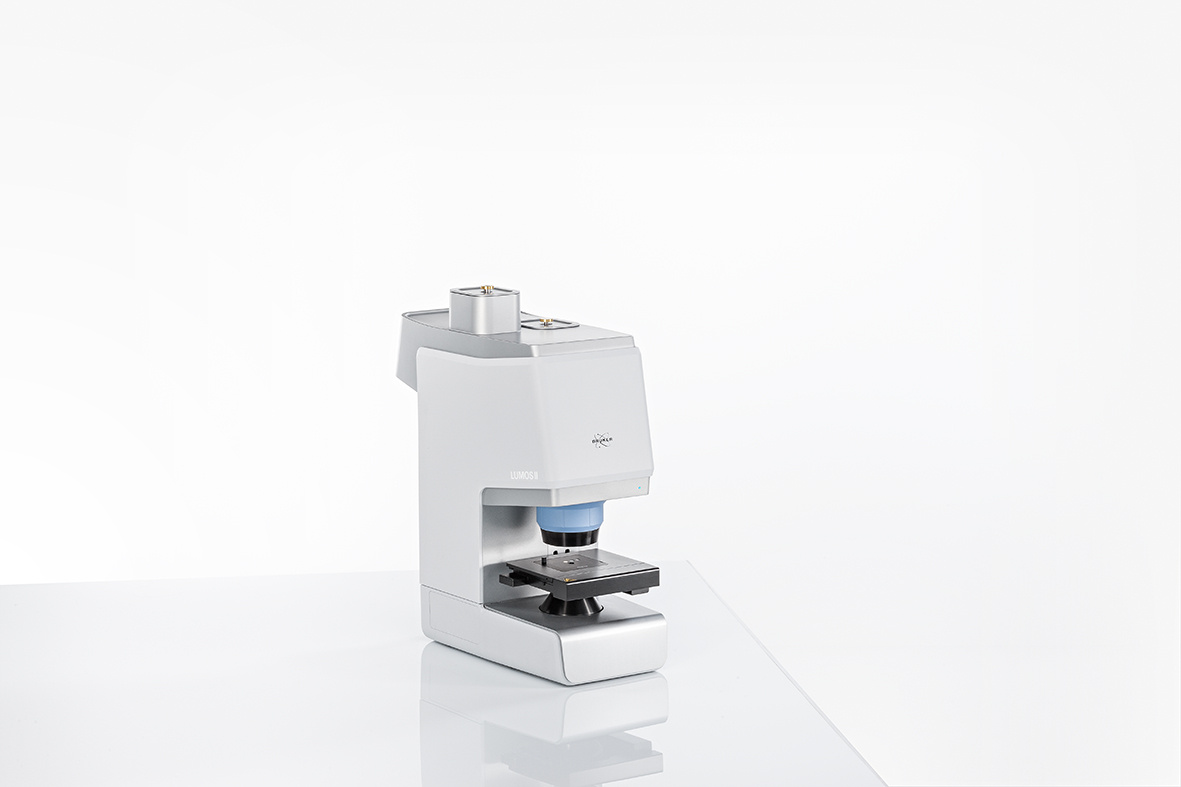英文名称 Anti-APOA4
中文名称 载脂蛋白A4抗体
别 名 Apo AIV; APOA 4; Apolipoprotein A IV; MGC142154; MGC142156.
浓 度 1mg/1ml
规 格 0.1ml/100μg 0.2ml/200μg
抗体来源 Rabbit
克隆类型 polyclonal
交叉反应 Human, Mouse, Rat, Dog, Rabbit
产品类型 一抗
研究领域 心血管 免疫学
蛋白分子量 predicted molecular weight: 44kDa
载脂蛋白A4抗体性 状 Lyophilized or Liquid
免 疫 原 KLH conjugated synthetic peptide derived from human APOA4
亚 型 IgG
纯化方法 affinity purified by Protein A
储 存 液 0.01M PBS, pH 7.4 with 10 mg/ml BSA and 0.1% Sodium azide
产品应用 WB=1:100-500 ELISA=1:500-1000 IP=1:20-100 IHC-P=1:100-500 IHC-F=1:100-500 IF=1:100-500
(石蜡切片需做抗原修复)
not yet tested in other applications.
optimal dilutions/concentrations should be determined by the end user.
保存条件 Store at -20 °C for one year. Avoid repeated freeze/thaw cycles. The lyophilized antibody is stable at room temperature for at least one month and for greater than a year when kept at -20°C. When reconstituted in sterile pH 7.4 0.01M PBS or diluent of antibody the antibody is stable for at least two weeks at 2-4 °C.
Important Note This product as supplied is intended for research use only, not for use in human, therapeutic or diagnostic applications.
载脂蛋白A4抗体产品介绍 APOA4 (apolipoprotein A-IV) is a component of HDL and chylomicrons. Its primary site of synthesis is the intestine, in association with lymph chylomicron particles. Although its precise function is not known, APOA4 is a potent activator of lecithin-cholesterol acyltransferase (LCAT) in vitro. In rodents, Apo A-IV inhibits gastric emptying and serves as a satiety factor whose synthesis and secretion are increased by the ingestion of dietary fat. It also possesses anti-inflammatory and antiatherogenic properties
Function : May have a role in chylomicrons and VLDL secretion and catabolism. Required for efficient activation of lipoprotein lipase by ApoC-II; potent activator of LCAT. Apoa-IV is a major component of HDL and chylomicrons.
Subcellular Location : Secreted.
Tissue Specificity : Synthesized primarily in the intestine and secreted in plasma.
Post-translational modifications : Phosphorylation sites are present in the extracellular medium.
Similarity : Belongs to the apolipoprotein A1/A4/E family.
![]()



